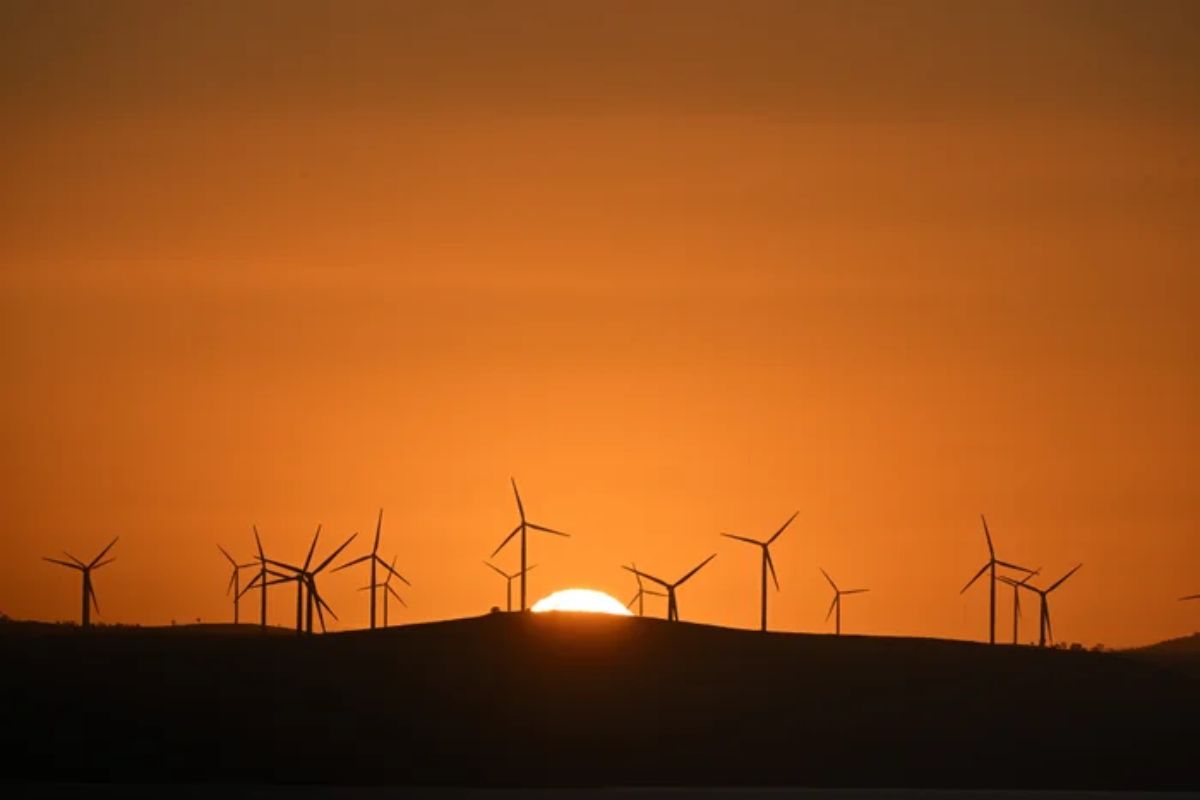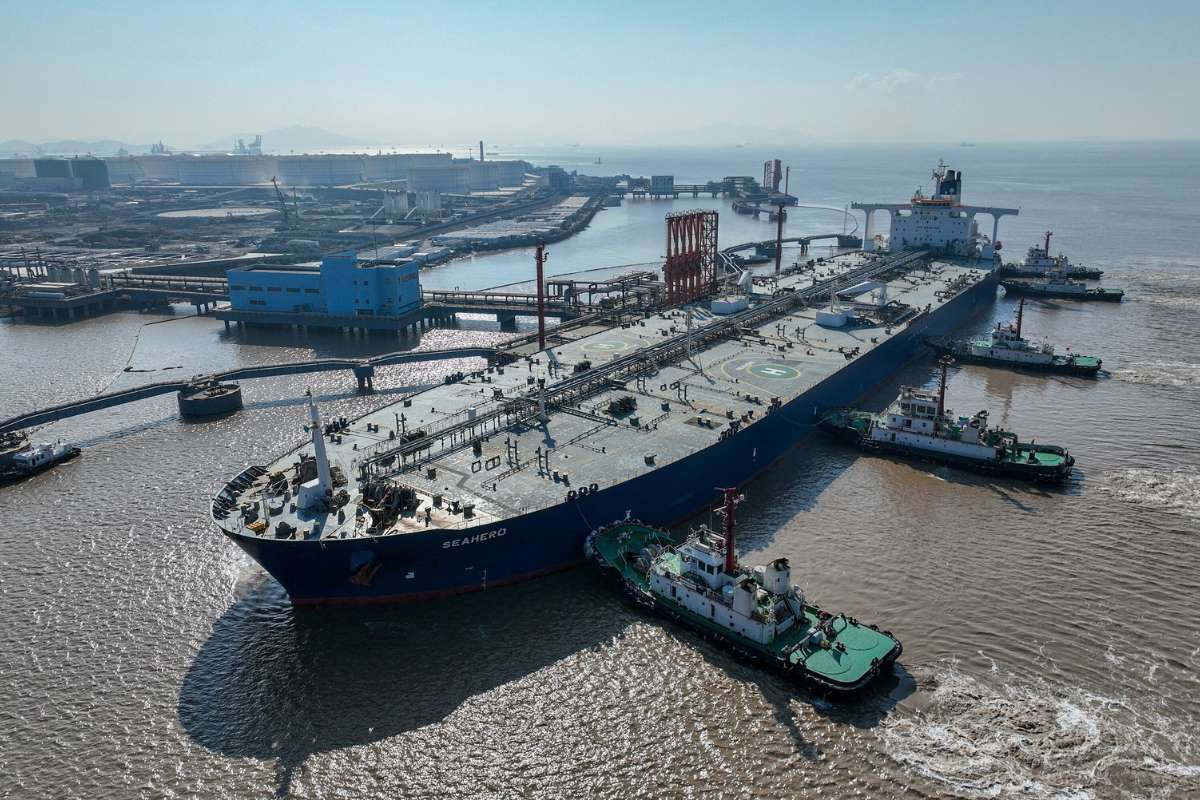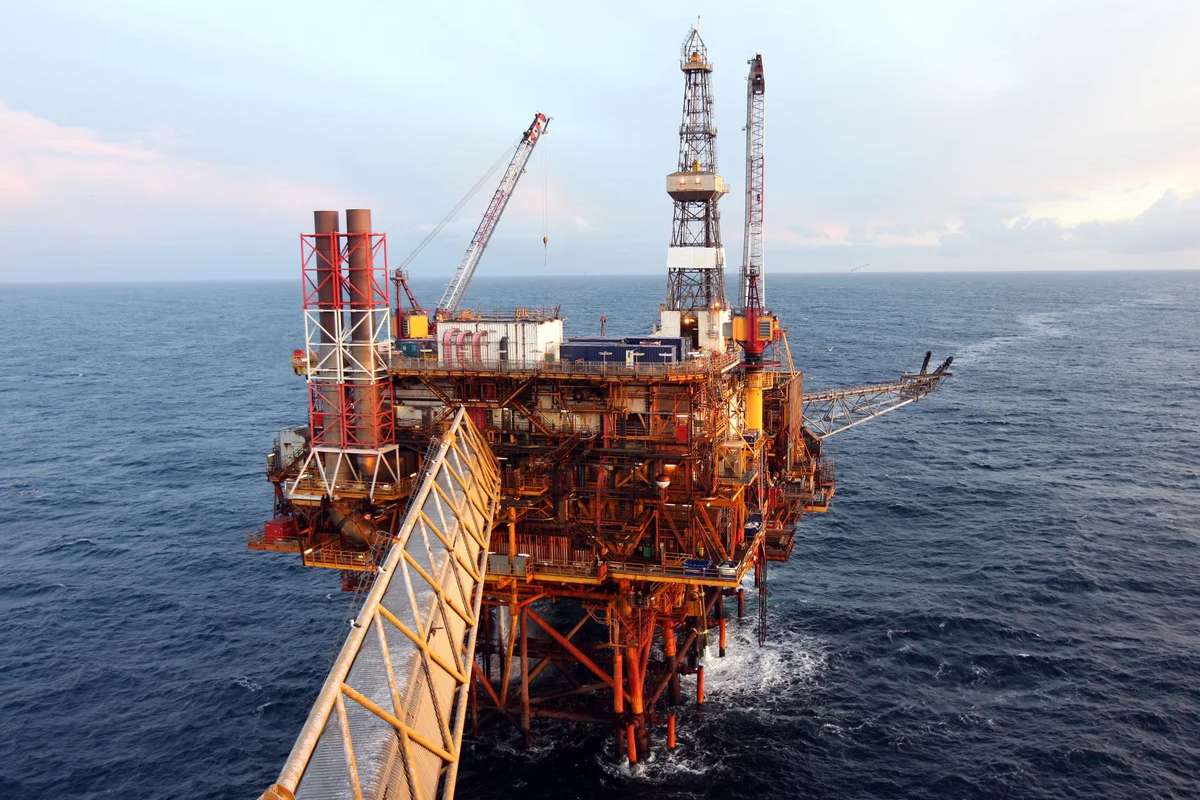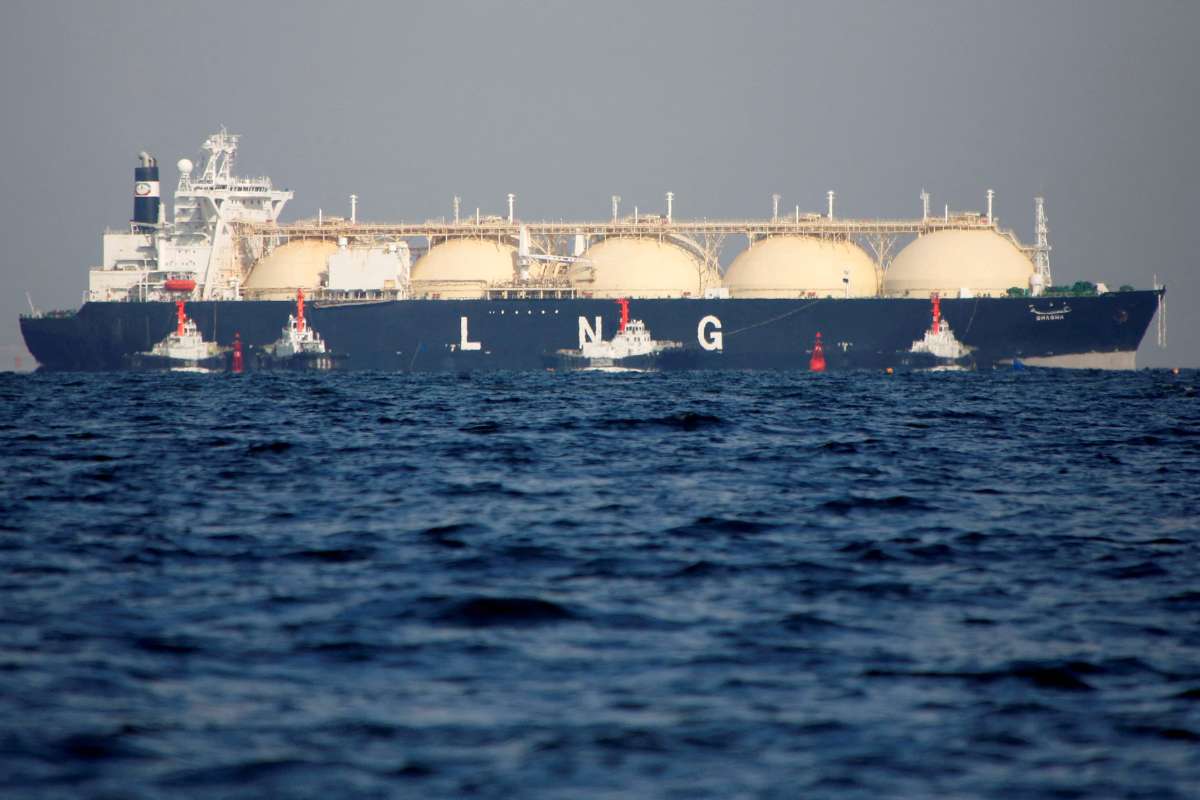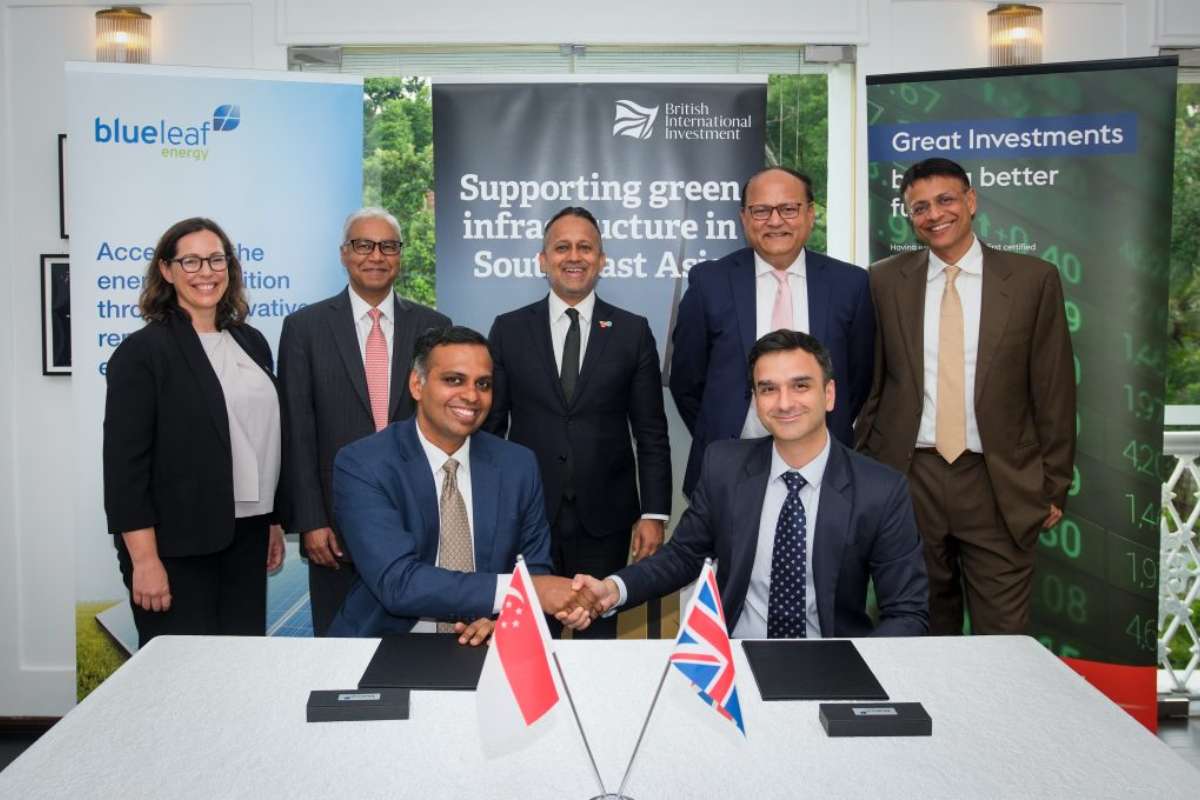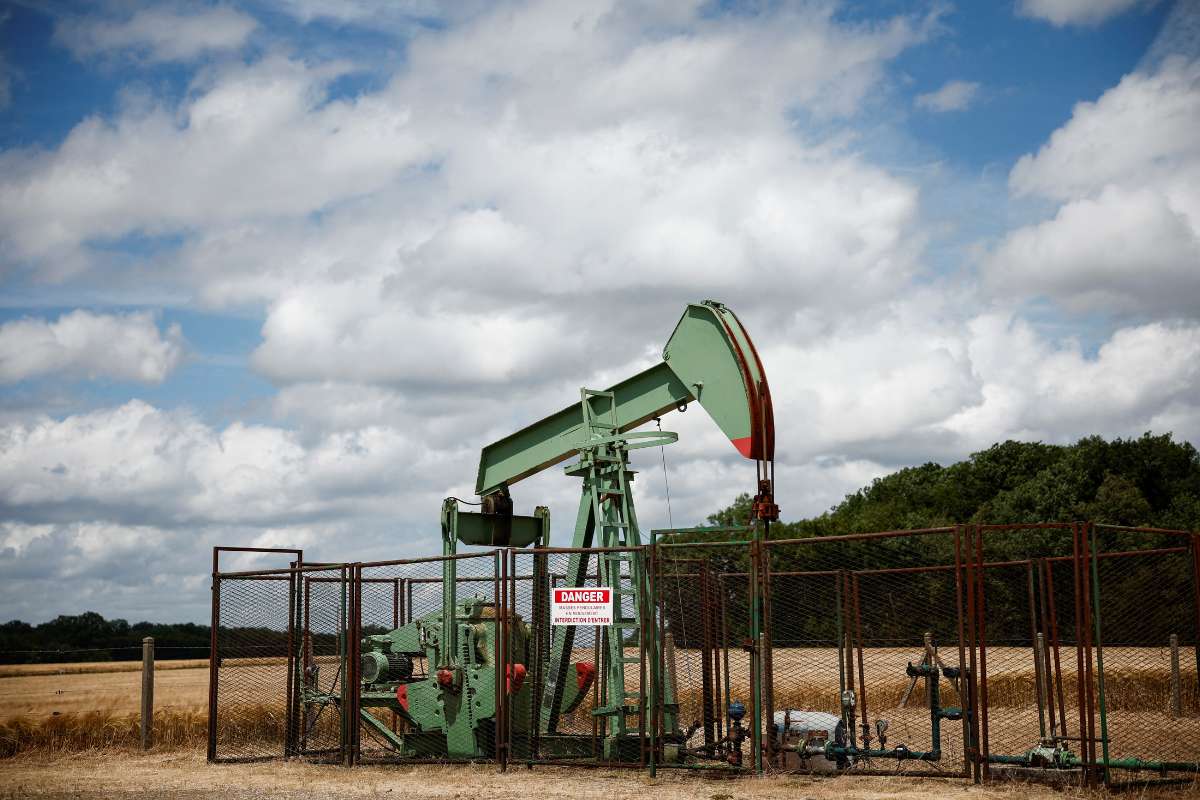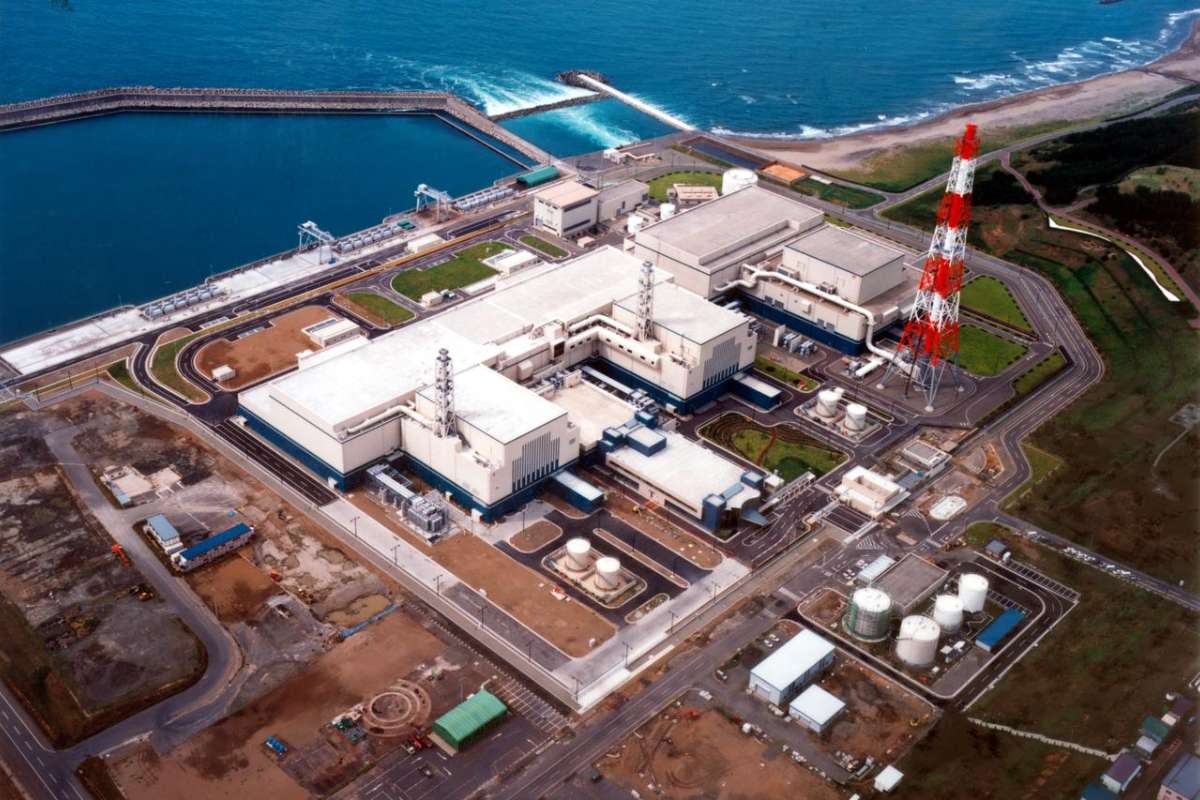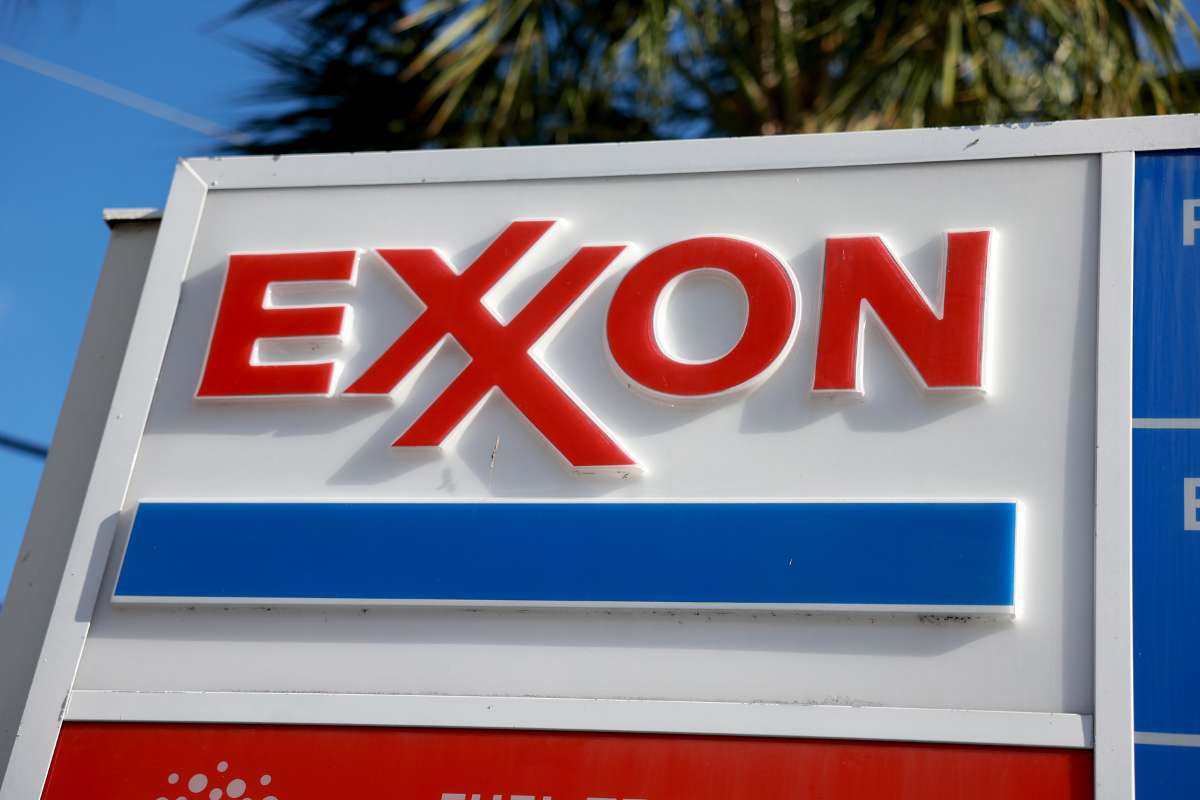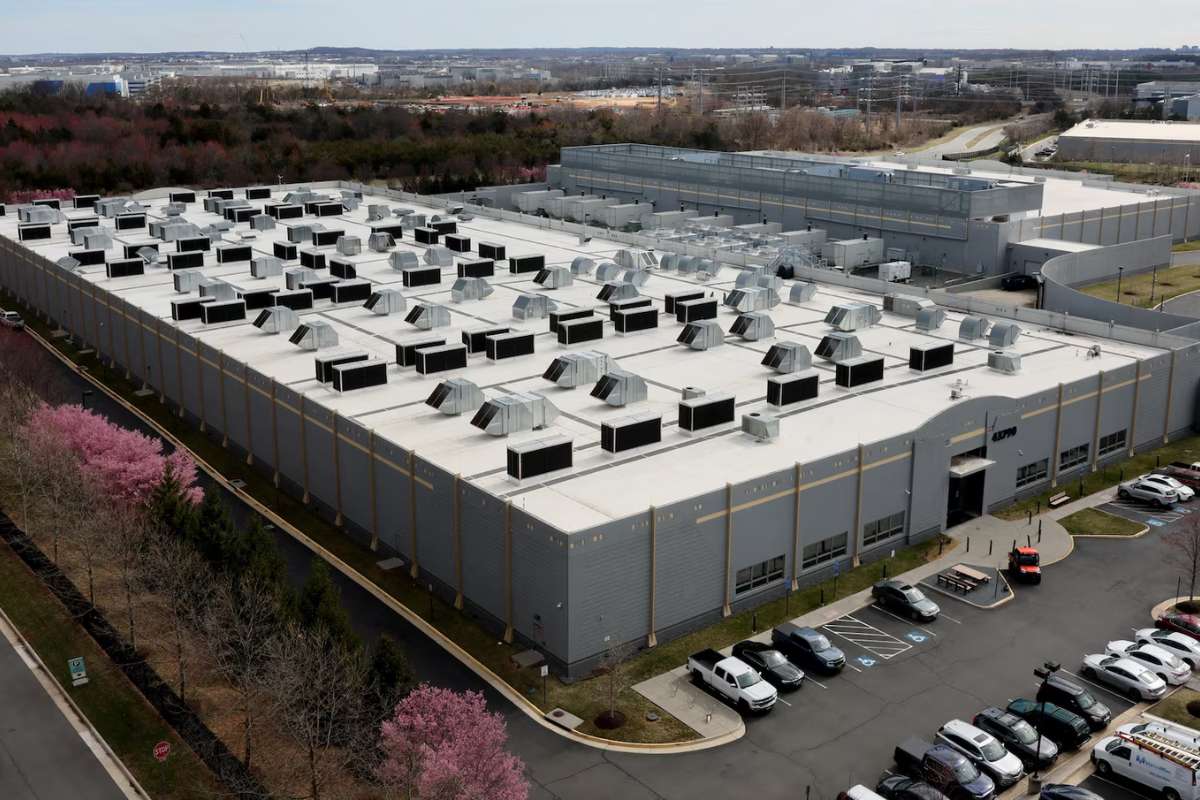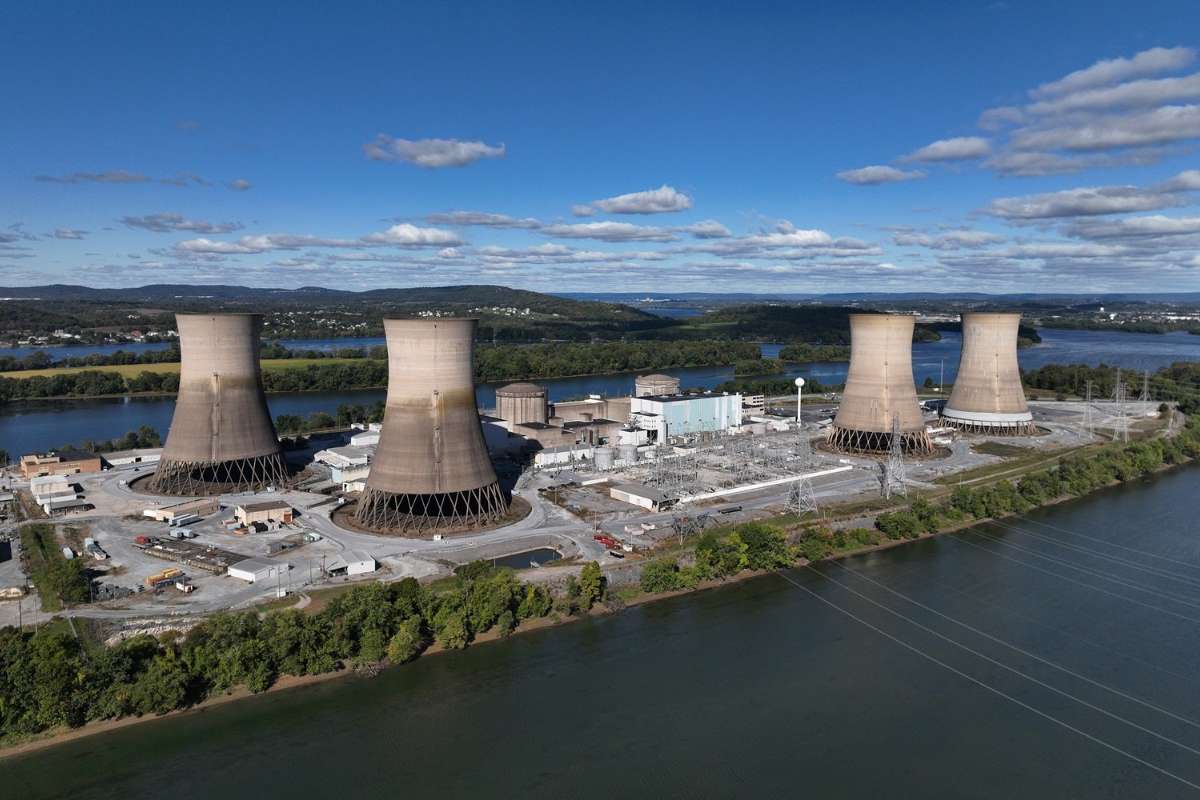Key Points:
- Victoria’s renewable transmission costs have jumped to $7.9B.
- Energy zones expanded from 7 to 9, now covering 7.9% of the state.
- New infrastructure will strengthen grid reliability and support clean energy goals.
Victoria’s plan to expand its renewable energy transmission network is now projected to cost $7.9 billion, nearly double the initial estimate, according to the latest 2025 Transmission Plan released Sunday by VicGrid. The updated framework outlines significant infrastructure developments intended to connect new renewable energy zones to the state’s power grid over the next 15 years.
Expansion of Renewable Energy Zones
The plan increases the land designated for renewable energy projects from 1.66 million hectares to 1.88 million hectares. This change follows feedback from developers who sought larger areas to ensure projects could be delivered efficiently.
The revised framework expands the number of renewable energy zones from seven to nine. The largest changes occur in the western part of the state, with a major extension of the Wimmera–Southern Mallee zone and the creation of a new zone near Coleraine in the southwest.
In total, the designated renewable energy areas now cover 7.9 percent of Victoria’s landmass, compared with 7 percent in the original draft. These zones are expected to host large-scale solar, wind, and battery storage projects, which will be connected to the grid through new high-capacity transmission infrastructure.
Transmission Infrastructure and Cost Projections
The transmission build-out will include high-voltage lines and substations linking the expanded renewable energy zones to Victoria’s electricity grid. These connections are required to transport power generated in regional areas to demand centers across the state.
The project’s estimated cost has risen sharply due to updated modeling from the Australian Energy Market Operator. The original projection of $4.3 billion has been revised to $7.9 billion. Most of the cost will be recovered through consumer Victoria’s electricity bills, though the impact on households and businesses will vary depending on wholesale energy pricing trends and long-term grid efficiency.
Policy Context and National Targets
The expansion of Victoria’s renewable energy zones forms part of broader state and federal objectives to transition Australia’s electricity system toward cleaner sources. At the national level, the federal government has set a target of reaching 82 percent renewable energy generation by 2030, up from 43 percent in 2025.
Victoria has already recorded a renewable share of more than 42 percent in the past financial year. The additional transmission infrastructure is considered critical to accommodating further growth in renewable generation and ensuring that energy can be delivered reliably across the state.
Long-Term Infrastructure Outcomes
The new zones and transmission upgrades are expected to enhance grid stability by diversifying the locations of renewable generation and reducing reliance on fossil fuel-based sources. Expanding transmission capacity is also intended to lower network congestion, a common barrier to integrating new wind and solar projects.
While the near-term effect of higher infrastructure costs will be reflected in consumer energy bills, the expanded transmission network is designed to improve long-term system efficiency. By creating more pathways for renewable energy to enter the grid, the plan supports greater competition among generators and reduces bottlenecks that can drive up wholesale power prices.
The 2025 Transmission Plan will serve as the roadmap for Victoria’s electricity infrastructure development through 2040. VicGrid will continue to consult with landowners, developers, and grid operators as planning and construction progress over the next decade and beyond.
Visit Oil Gas Energy Magazine for the most recent information.

